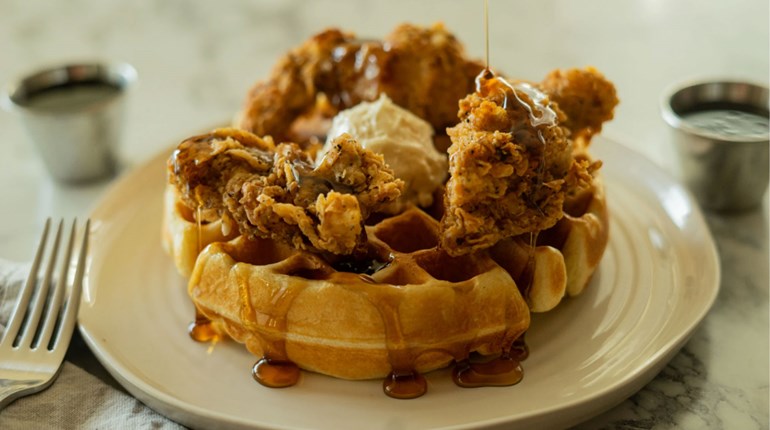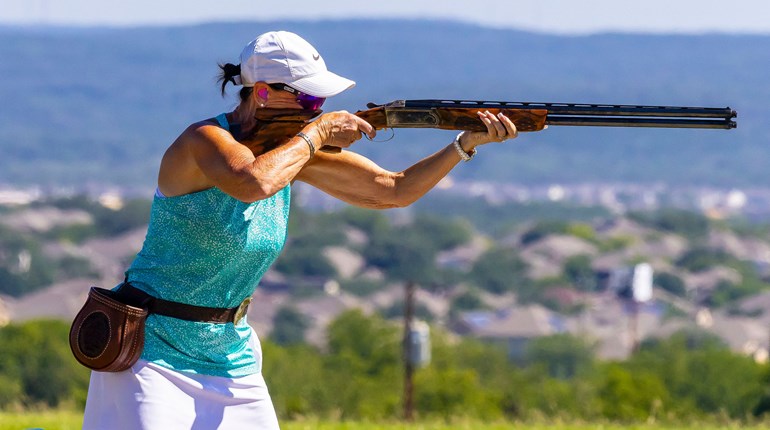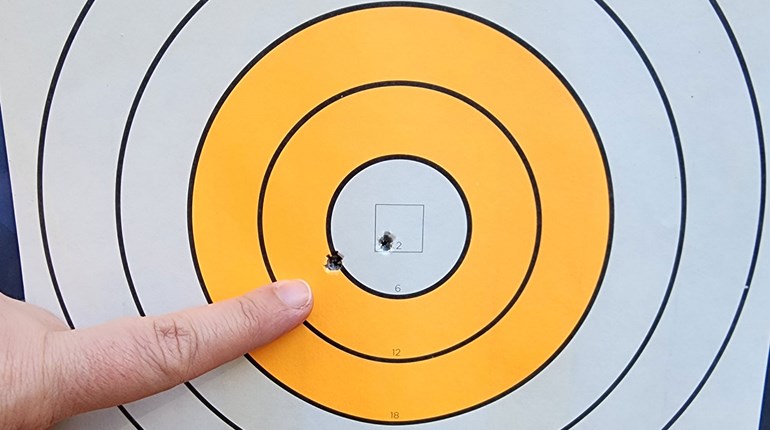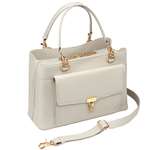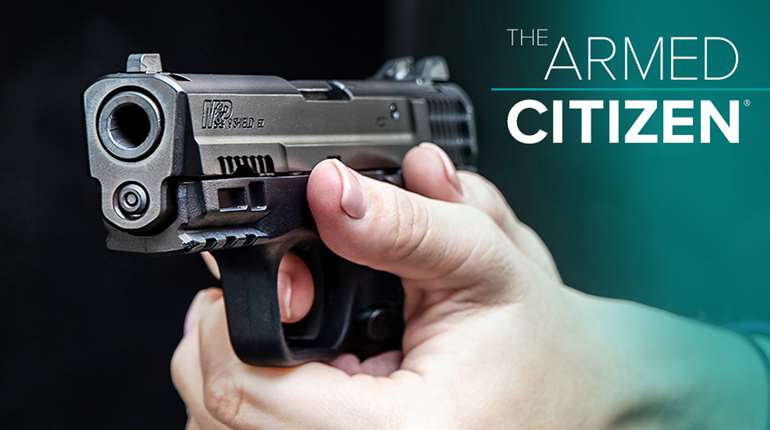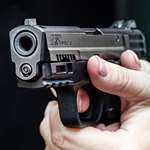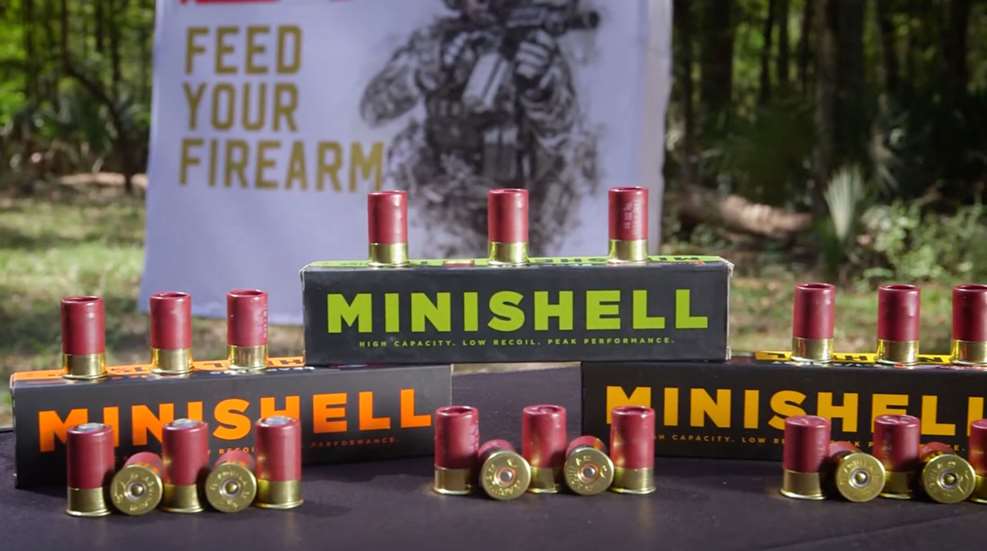
If you’ve seen miniature shotgun shells on the shelves at your local gun store, you might be curious as to how they work and if they’re really effective. The answer to that is: It depends, but they definitely offer some cool possibilities when used properly.

Aguila Ammunition popularized the mini shell in the decade of the 2010s, and back then, I used the company’s mini shells in a sporting clays event they sponsored. It was an eye-opening experience, and mini shells have only improved since then.
Before we dig in, a definition: Standard 12-gauge shotgun shells mostly start at 2 ¾ inches, with 3-inch and 3 ½-inch loads popular for hunting. You can find companies making 2 ¼- and 2 ½-inch “short” shells, but for the purposes of this article, we’re talking about the true miniature shells that measure 1 ¾-inch.
The Benefits and Limitations of Mini Shells
Mini shells have two main benefits: Reduced recoil and greater ammo capacity. The amount of felt recoil reduction will depend on the exact load, but ammo capacity is the big deal here. When these loads were first introduced, they really only functioned in break-action guns (over-and-unders and side-by-sides), which offered no capacity benefit because those guns only hold two shells no matter what. Pump-action and semi-automatic guns weren’t an option, because the shells were just too short to feed properly—they’d tumble, get turned around, and generally jam up the whole works.
The market adjusted, however, and now these shells function in some pump-action guns. They still trip up many models, even if you run the action hard and in the perfect position. A company called OPSol makes an adapter that fits in any Mossberg 500-platform shotgun and will let the gun run mini shells successfully. The Defender Tactical adapter is designed to do the same in any Mossberg 12-gauge pump. Eventually, Mossberg introduced the 590S, a pump-action shotgun specifically designed to run 1 ¾-, 2 ¾- and 3-inch shells interchangeably without the need for an adapter (it’s even available in a Shockwave model if that’s your thing). Forget semis—to my knowledge, no one has found a way to make the mini shells function in semi-auto shotguns, and many other pump-action guns aren’t suitable for adapters. Some will run the mini shells sometimes, but most are not reliable. As an alternative, many shooters report that the KelTec KSG dual-magazine, pump-action bullpup shotgun will run mini shells reliably; this is a gun built specifically for defense, so it’s an option if you don’t want to hunt or shoot clays with mini shells.
Back to that capacity advantage, which is significant. In some cases, mini shells can nearly double a gun’s capacity. For example, the 590S with the 18.5-inch barrel holds five 3-inch shells, six 2 ¾-inch shells and nine mini shells. The model with the 20-inch barrel has a capacity of seven, eight or 13. And the Shockwave model with the 14.375-inch barrel will hold four, five or eight shells depending on shell length.
The other major benefit to mini shells is reduced recoil, which results from their reduced payload. This is especially helpful in training new or younger shooters who might be recoil-sensitive. If you don’t have a .410 or a 20-gauge to teach them on, 12-gauge mini shells are an excellent alternative.
Now, the drawbacks: With a reduced payload, mini shells pattern differently than standard-sized shells, and it’s extremely important that you know what your pattern looks like at different ranges if you’re going to rely on these for hunting or home defense. Do not skip the patterning board!

Mini Shell Loading Options
You can get mini shells in birdshot, buckshot and slugs. The slugs are pretty simple: Once you get your gun to group them (some brands group better in some guns than others), you can hunt coyotes, deer and other medium-sized game with them at reasonable ranges.
The birdshot and buckshot patterns tend to open up pretty quickly, which makes these short- to mid-range loads at best. I used them on sporting clays targets in 2016, back when break-action guns were the only option. They all functioned very well, but the targets were specifically set at moderate ranges for this purpose. You might struggle to get good patterns (and energy) at distance on longer targets in a standard tournament. For trap and skeet, they should do the job with less recoil, but again, the pattern will be different than you are used to, so make sure you pattern the loads at the distance you plan to shoot. You will probably find you need a tighter choke to get the patterns you want.

On birds, birdshot in mini shells can be effective, but the same applies: Keep shots to a relatively close distance, and because you’ll have fewer pellets in the payload and the options on the market tend to be smaller shot size, you certainly won’t want to shoot large birds like geese. These loads can be great on small game, though. You really don’t need a full payload from a 12-gauge shell to kill a squirrel, right? The mini shells are ideal for cases like that.
Mini shells also come in buckshot, designed for home defense. Again, patterning is extremely important. Home defense tends to be a close-range scenario, and you’ll likely find that patterns at 3 to 5 yards will be ideal. The farther you go, though, the more the pattern opens up, with one test showing that the spread starts to be wider than an average man’s body around 15 yards—this isn’t ideal for home defense, so consider the distances in your home, pattern the gun and choke it tighter if needed to get the patterns you’re looking for.
The payload is reduced in all loads, of course—you’ll sacrifice around a third of the number of buckshot pellets by going from a 2 ¾-inch to a 1 ¾-inch shell, for example. With about 16 pellets of No. 4 Buck in a mini shell (depending on brand), you’ll still have considerable knockdown power, and the increased capacity to boot.

Are Mini Shells for You?
Once a sort of novelty product, mini shells have moved into more of a niche market these days. While I wouldn’t make them your primary shotgun shell option by any means, they might have a specific place in your ammo collection if you’re looking for increased capacity and reduced recoil. You’ll have to ensure you have a firearm that will cycle them reliably, and it’s important you hit the patterning board to work out your ideal chokes and effective shot distances. But once you do that, you can enjoy the benefits of mini shells—particularly that increased capacity. And they’re just plain fun to shoot!












